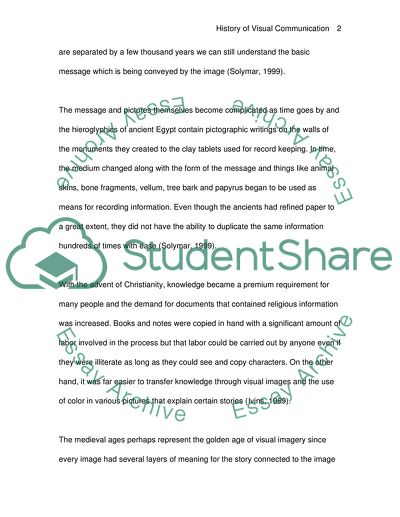Cite this document
(History of Visual Communication Essay Example | Topics and Well Written Essays - 1500 words, n.d.)
History of Visual Communication Essay Example | Topics and Well Written Essays - 1500 words. https://studentshare.org/visual-arts-film-studies/1537472-history-of-visual-communication-graphic-design
History of Visual Communication Essay Example | Topics and Well Written Essays - 1500 words. https://studentshare.org/visual-arts-film-studies/1537472-history-of-visual-communication-graphic-design
(History of Visual Communication Essay Example | Topics and Well Written Essays - 1500 Words)
History of Visual Communication Essay Example | Topics and Well Written Essays - 1500 Words. https://studentshare.org/visual-arts-film-studies/1537472-history-of-visual-communication-graphic-design.
History of Visual Communication Essay Example | Topics and Well Written Essays - 1500 Words. https://studentshare.org/visual-arts-film-studies/1537472-history-of-visual-communication-graphic-design.
“History of Visual Communication Essay Example | Topics and Well Written Essays - 1500 Words”. https://studentshare.org/visual-arts-film-studies/1537472-history-of-visual-communication-graphic-design.


